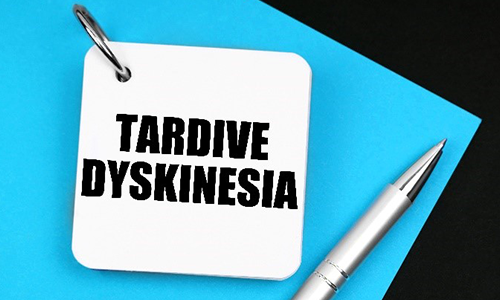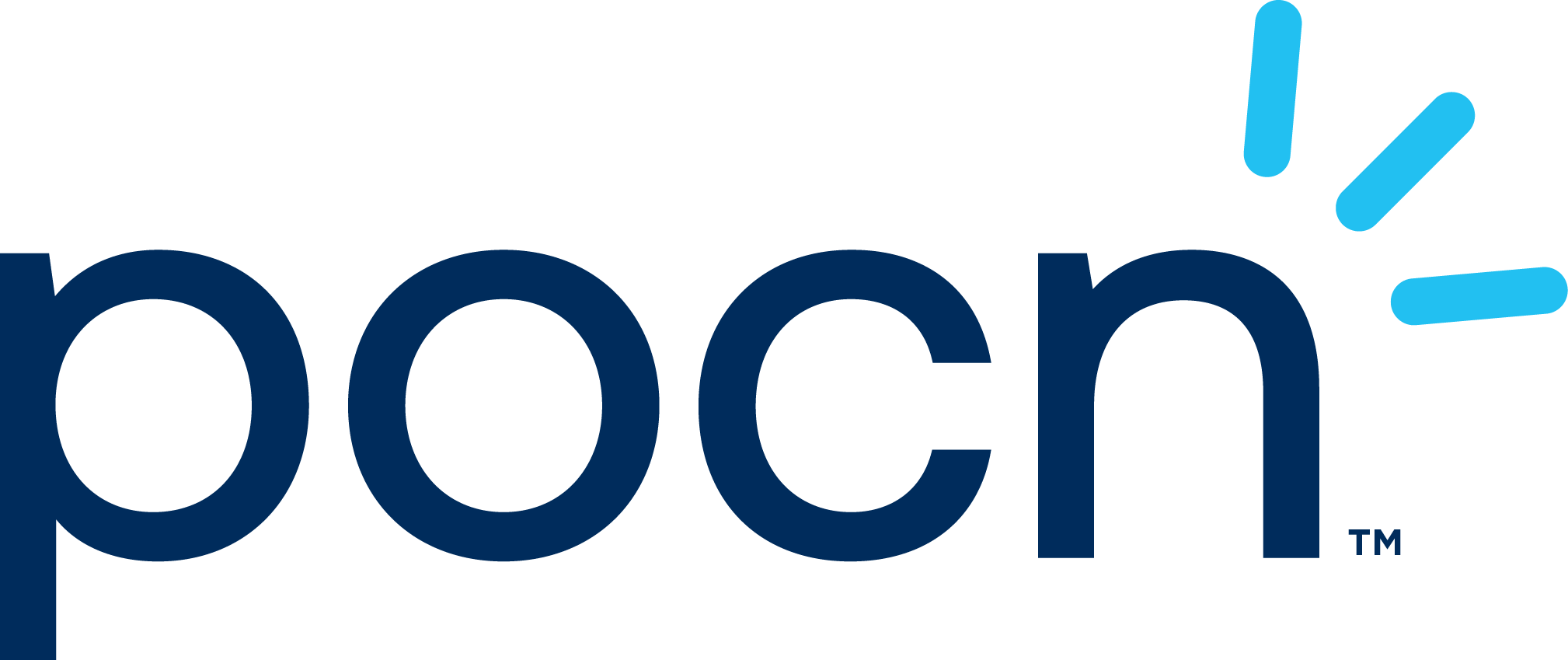Possibly Reducing Patient Chances of Tardive Dyskinesia

This recent article from the National Organization for Tardive Dyskinesia discusses reducing tardive dyskinesia (TD) rates by protecting the brain while patients take antipsychotics, which is notable when treating those who are at highest risk of TD. One of the main hypotheses of why TD develops is the major role of oxidation, and it may play a part in the severity of the disorder. Antioxidant levels slowly start to decrease as age increases, which leaves neurons more vulnerable to damage. Rodent studies have shown brain protection and reduction of the incidence of TD when taking particular antioxidants along with antipsychotics. Multiple studies have looked into certain antioxidants reducing the risk of TD, but the article points out that many psychiatrists do not know the potential neuroprotective benefits of some antioxidants. If this becomes part of standard practice, the incidence of drug-induced brain damage and TD may considerably decrease.
Tardive Dyskinesia Effect on Caregivers

A study from the Journal of the American Psychiatric Nurses Association showed that caregivers of those with tardive dyskinesia are significantly impacted and should be thought of when clinicians create treatment plans for these patients. Caregivers manage the health of these patients daily and have limited time and energy to take care of their own needs, which affect their relationships, social lives, work, and home tasks. In the study, 41 unpaid caregivers of TD completed questionnaires that included questions regarding the caregiver’s sociodemographic characteristics, view of the impact of abnormal involuntary movements on patients, and the effect of the movements on themselves as caregivers. Twenty of the caregivers were full-time or part-time employees, and 35 participants were either family members or friends of a patient with TD.
Fifty percent of the participants responded that the patient’s movement either had “some” or “a lot” of impact on their ability to “continue usual activities” (50%), and this group also reported that the movements had an affect on them being productive (58.4%), taking care of themselves (49.9%), and socializing (55.5%). They also reported that the TD movements of the patient required the caregiver to time manage, impact their overall life, and cause them to feel either frustrated or angry.
Nurse Impact on Tardive Dyskinesia

Since an increase in telehealth visits since the COVID-19 pandemic, assessing for tardive dyskinesia (TD) has been a challenge, but evaluation can be successful based on best practices that are described in this article. It is important for psychiatric nurses to educate patients and caregivers on the potential risks of antipsychotic-induced movement disorders including TD. Researchers of this article also note that nurses should be attentive that every patient taking antipsychotics should be monitored for the potential development of TD. After a TD diagnosis, nurses can educate patients about safe and effective treatments that are available and approved by the Food and Drug Administration.
Tardive Dyskinesia Impact on Quality of Life in Those With Bipolar Disorder, Major Depressive Disorder, and Schizophrenia

Investigators of a study looked to analyze the health-related quality of life (HRQoL) in patients diagnosed with bipolar disorder, major depressive disorder, or schizophrenia by comparing those with tardive dyskinesia (TD; n = 197) and patients without TD (n = 219). HRQoL in both groups were compared with the HRQoL of the general population as well. Using a cross-sectional web-based survey, HRQoL was measured using the SF-12 Health Survey, Version 2, Quality of Life Enjoyment and Satisfaction Questionnaire, Short Form, the Social Withdrawal subscale of the Internalized Stigma of Mental Illness Scale, and 2 questions regarding movement disorders.
It was found that those with TD had considerably worse HRQoL and social withdrawal than patients without TD, and these differences were distinct with physical HRQoL domains vs mental health domains. Based on self- or clinician-based ratings, patients with more severe TD had considerably worse HRQoL vs those with less severe TD. TD impact was significantly greater in patients with schizophrenia compared with patients with bipolar disorder or major depressive disorder.
A Review on Tardive Dyskinesia

Investigators provided a review that emphasizes a prevention-based focus on the treatment of TD through the clinical consideration of pharmacologic selections linked to individual patient history. They performed a search through PubMed with keywords and combined searches involving medication-induced TD in addition to therapies that are linked to causing or are used to treat TD. They aimed to use recent articles that were published no earlier than 2015. The findings indicated that the risk of TD remains with atypical antipsychotic drugs, but the incidence is reduced. In addition, various other classes of medications have a high prevalence of TD that are not particularly known to induce TD.
Insights on Identifying and Managing Tardive Dyskinesia

In a Case-Based Psych Perspectives from Psychiatric Times, Leslie L. Citrome, MD, MPH, a psychiatry specialist, and Rose Mary Xavier, PhD, MS, RN, PMHNP-BC, a research scientist and psychiatric nurse practitioner, shared their clinical experiences and perspectives on the recognition, diagnosis, and management of tardive dyskinesia (TD). In recognizing symptoms, family members or case managers frequently report symptoms that include facial grimacing, random tongue protrusion, and shoulder shrugging. It was noted that patients with schizophrenia can become aware of these movements, and it may cause greater amounts of anxiety, paranoia, and social isolation, emphasizing that it is crucial to recognize the level of distress patients face from TD.
The “gold standard” for diagnosing TD is the Abnormal Involuntary Movement Scale, which helps to differentiate symptoms of TD from drug-induced parkinsonism and other drug-induced movement disorders. Treatment guidelines from the American Psychiatric Association advises the use of VMAT2 inhibitors for the treatment of moderate-to-severe TD. The experts concluded that a diagnosis of TD should be centered around a formal and structured evaluation of abnormal movements, and treatment should be based on how the symptoms are impacting the patient.
Facts About Tardive Dyskinesia

Understanding the facts about tardive dyskinesia (TD) can help to gain a better understanding of the prevalence, risk, and impact on a patient’s quality of life to aid in improving treatment and overall outcomes. The prevalence rate of TD is 20% to 30%, with an annual cumulative incidence of approximately 4% to 5%. In people older than 45 years of age, the annual incidence of TD is 15% to 30% following 1 year of treatment, and the prevalence rate is approximately 50% to 60%. People of older age are more likely to experience persistent and irreversible TD. Anyone who is exposed to antipsychotic therapy is at risk for TD. While second-generation antipsychotics have less of a risk for patients to develop TD than first-generation antipsychotics, there is currently no available antipsychotic that is risk free.
In terms of health-related quality of life, a study found that approximately 30% of patients with possible tardive dyskinesia experienced moderate-to-extreme issues in performing daily activities including work, chores, and leisurely activities vs 20% of patients who did not. About 50% of patients in the study experienced moderate-to-extreme anxiety or depression vs 40% of patients who did not. It was shown that compared with those who did not have possible TD, those with possible TD had poorer perceived quality of life, with a great amount of severity or impact on activities in daily life.

